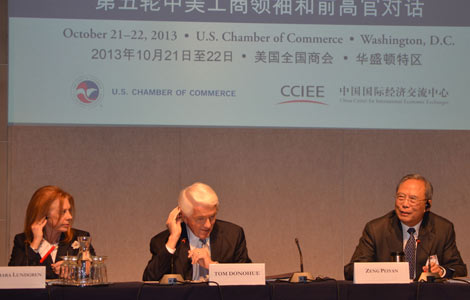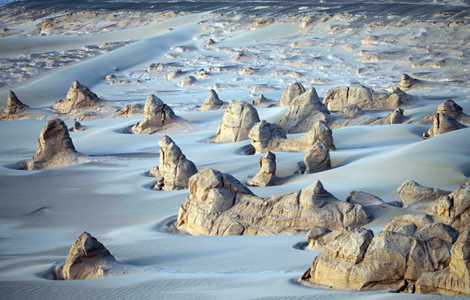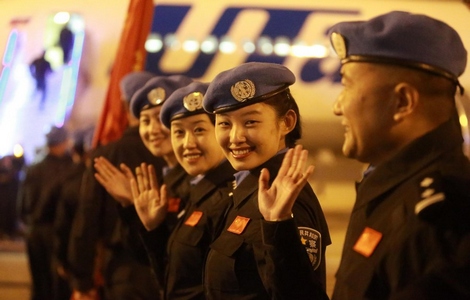Starbucks' pricing furor: tempest in a coffee pot
Updated: 2013-10-24 08:14
By Chris Davis in New York (China Daily USA)
|
||||||||
In the past week, state-controlled media in China have been accusing Starbucks of "profiteering", price gouging customers at its Chinese operations, where, over the past year, according to Loxcel.com, the number of stores has grown to 851 from 568 to 58 cities (with plans to have 1,500 cafes in 70 cities by 2015). Impressive numbers, but they currently account for only 4.18 percent of the chain's 20,891 stores worldwide.
The Seattle-based company is not alone with the over-pricing charges in China. Other high-end product lines have been accused of doing it, such as triple-digit percentages for flashy cars and other luxury imports. Haagen-Dazs ice cream is also taking heat for its prices that are triple those in other countries.
Starbucks said that it makes no more profit for a cup of coffee in China than it does anywhere else in the world. CCTV alleged that a 27-yuan ($4.42) Starbucks latte cost five yuan (82 cents) to make. What the real margin is may well remain a mystery, and if it does, it will only be one more of several mysteries that surround the brand.
For starters, there's the name, which traces its origins back to one of this writer's favorite books — Moby-Dick by Herman Melville. One of the three partners (all Melville fans) who founded the coffee company back in 1971 originally wanted to name the company Pequod, after the whaling ship captained by Ahab and destroyed by the white whale, a suggestion that prompted a second partner to quip: "No one's going to drink a cup of Pee-quod!"
Continuing their search for a name, the trio remained under the spell of the novel, which has a gallery of colorfully named characters: Queequeg the cannibal harpooner, Pip the cabin boy, Ishmael the narrator, to name a few. They settled on Starbuck, the First Mate, the stark, stern conscience of mad Ahab, who speaks with the ``thees'' and ``thines'' of the Quaker he is. But what he has to do with coffee is anyone's guess.
In a footnote to a recent edition of Moby-Dick, the editors call it "a triumph of modern marketing" that "the name of the ascetic Starbuck has become associated with exotic coffees and voluptuous additives, as well as baked goods that shame the nautical ‘duff' or hardtack of Melville's whale ships".
Another mystery is why this brew, which to some palates tastes like a cigar had just been put out in it, caught on like it did. It's strong to the point of making it wise to dress it up with flavors and foam and all the bells and whistles available, an over-the-top list of options that turned stopping for a cup of coffee into a shopping ritual crammed with multiple decisions to make, which some people actually like. Add a trendy Wi-Fi atmosphere, and a new life-style experience was born.
Then there's the riddle of the serving size names: "Tall" is small; "Grande" (Italian for large) is medium; and "Venti" (Italian for 20) is large (a 24-ounce serving).
Finally, the bewildering prices are just one more enigma. Starbucks certainly did not become the world's largest coffee chain by undercutting the competition. Rather they've been providing their rivals with a lesson in what-the-market-will- bear retail pricing.
Chinese state-run CCTV fumed over the fact that a grande latte in Beijing cost (in US dollars) $4.42, with the same serving costing $3.97 in London, $3.26 in Chicago and a mere $2.39 in Mumbai.
Starbucks said its higher prices are the result of the higher prices of food and logistics in China. In a statement responding to the furor, Starbucks said, "Each Starbucks market is unique and has different operating costs, so it would be inaccurate to draw conclusions about one market based on the prices in a different market."
CNN Money suggested that the higher price might reflect the way Chinese use Starbucks compared to other nations. In Western markets, buyers usually get their coffee to go. In China, customers like to linger and hang out, which means providing bigger stores with more places to sit — and more overhead.
"In China, it's a different positioning and a different proposition," one analyst told cooks.ndtv.com. "They invest more in making these stores themselves more premium options and making more of the environments as well."
The controversy has lit up Sina Weibo, China's Twitter. "The price of housing, cars and gasoline, Internet service and taxes in China are all more expensive than in other countries," quipped one user. "Why can't Starbucks be more expensive too?"
Amy Li, a blogger for the South China Post, perhaps sums it up best: "My advice for grumpy Chinese coffee drinkers? If you don't like the price then don't buy it."
Contact the writer at Chrisdavis@chinadailyusa.com
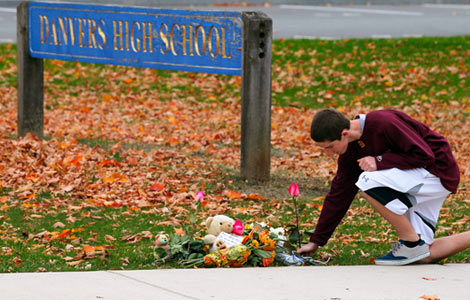
 Mass. teacher slain; 14-year-old student charged
Mass. teacher slain; 14-year-old student charged
 Driven by smiles
Driven by smiles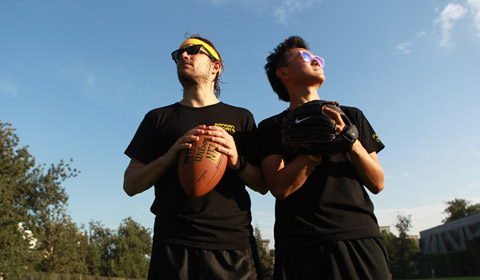
 Camp gives sporting chance for students headed overseas
Camp gives sporting chance for students headed overseas
 Chinese protest UK 'fishing' raids
Chinese protest UK 'fishing' raids
 Caretakers in need of counseling
Caretakers in need of counseling Pumpkin fun ahead of Halloween
Pumpkin fun ahead of Halloween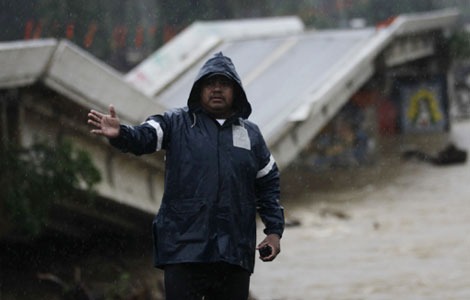
 Weakening Raymond soaks Mexico, no serious damage
Weakening Raymond soaks Mexico, no serious damage Apple unveils new Macs, iPad ahead of holidays
Apple unveils new Macs, iPad ahead of holidays
Most Viewed
Editor's Picks
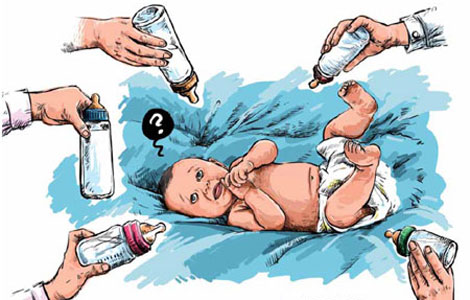
|

|
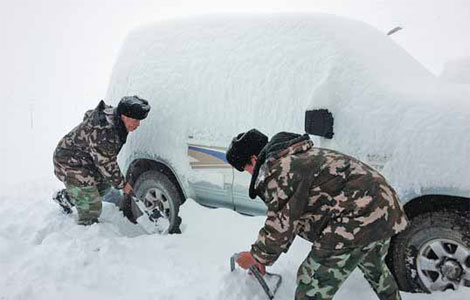
|

|

|
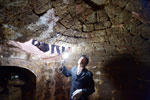
|
Today's Top News
Yale-China partners 100,000 Strong Foundation
China could help rebuild US infrastructure
Atlanta zoo’s cubs named Mei Lun and Mei Huan
TCL not just selling TVs
Mobile giants talk future in Frisco
Starbucks’ pricing furor: tempest in a coffee pot
US-China trade talks a 'turning point' in relations
US press not so free, experts say
US Weekly

|

|
